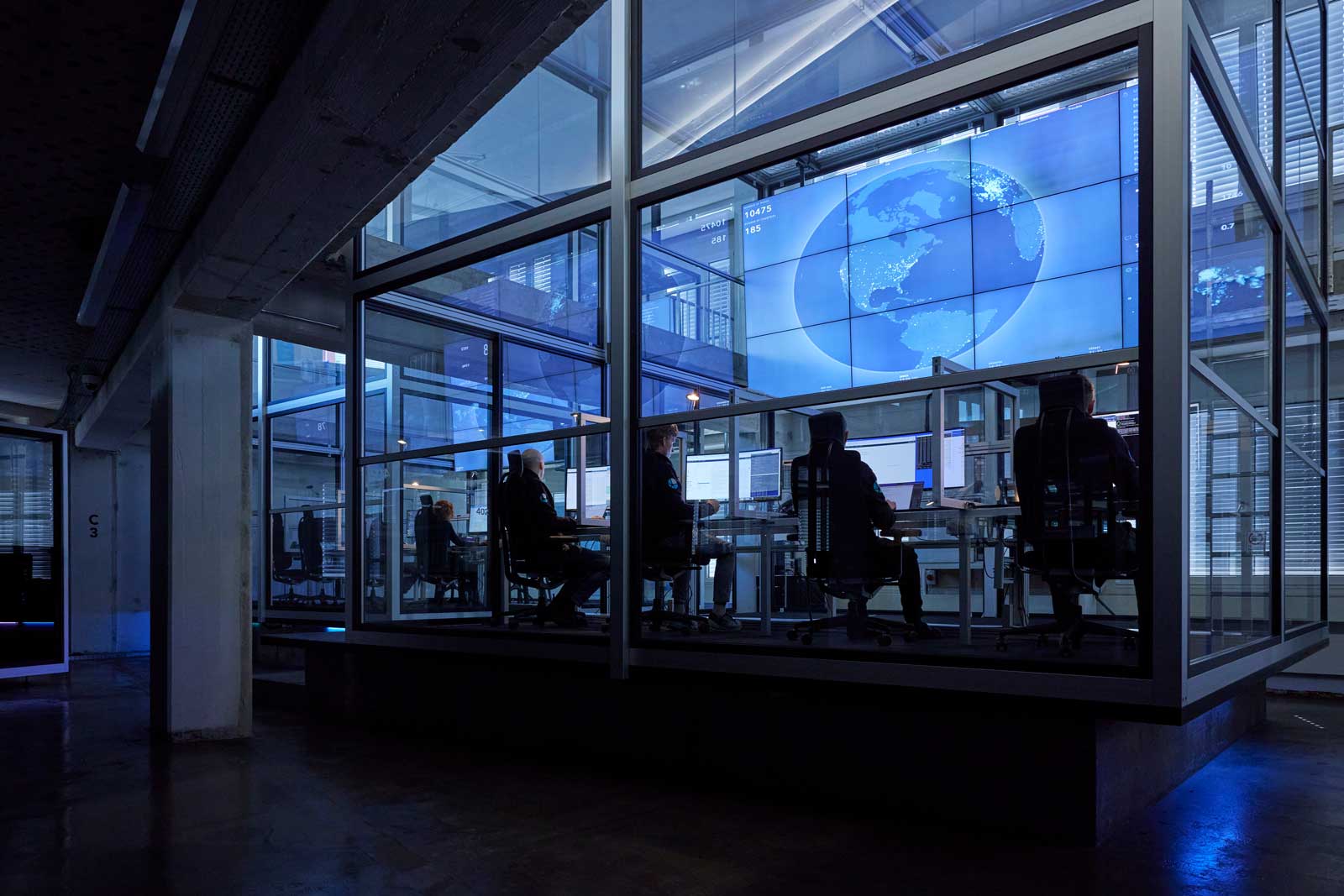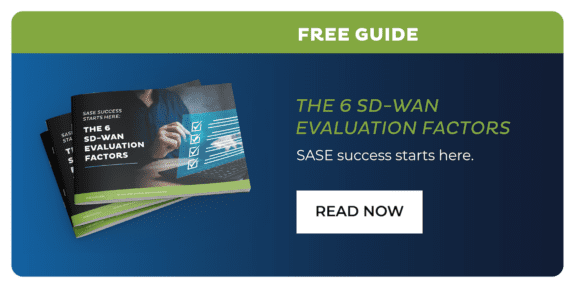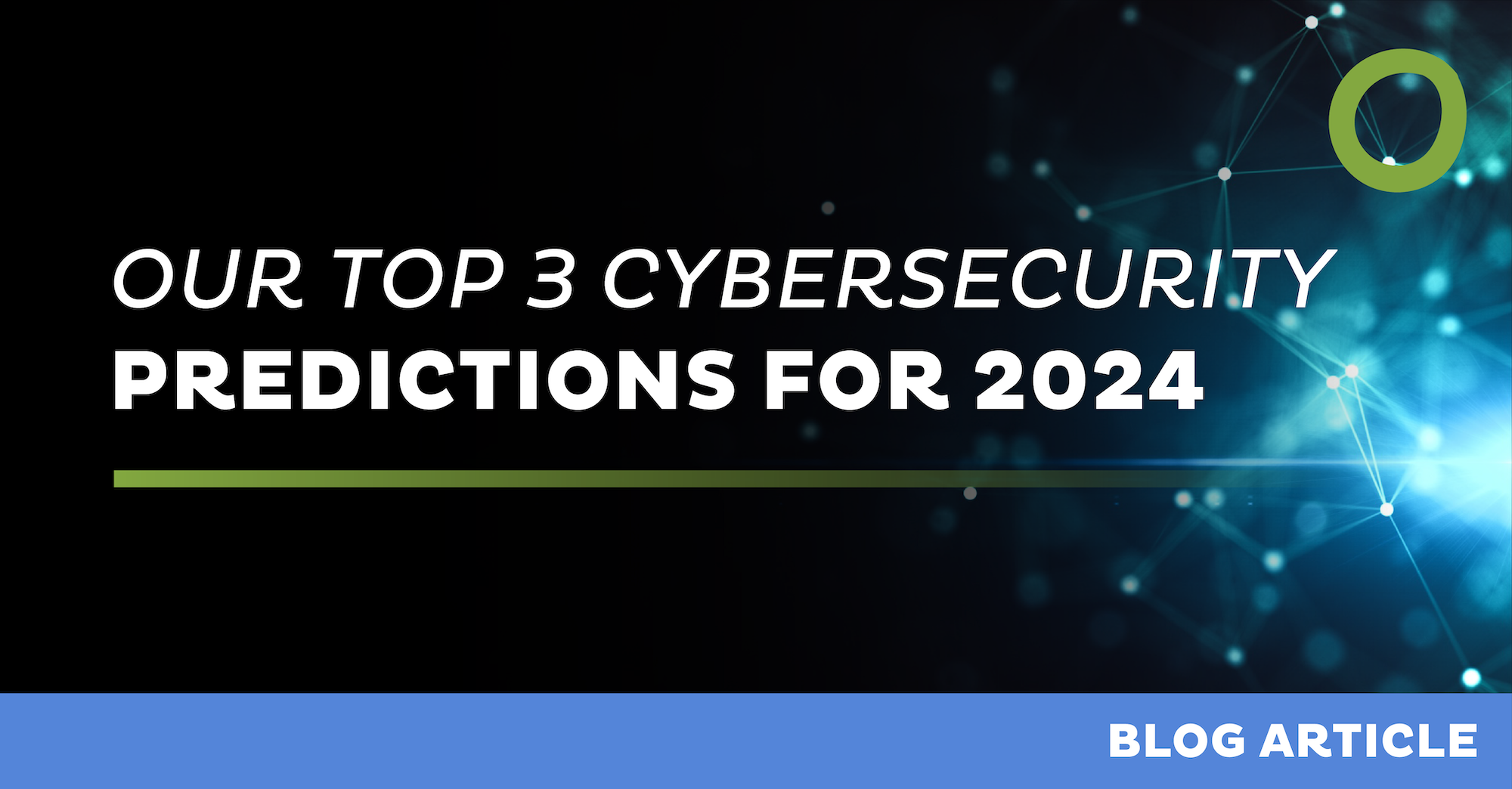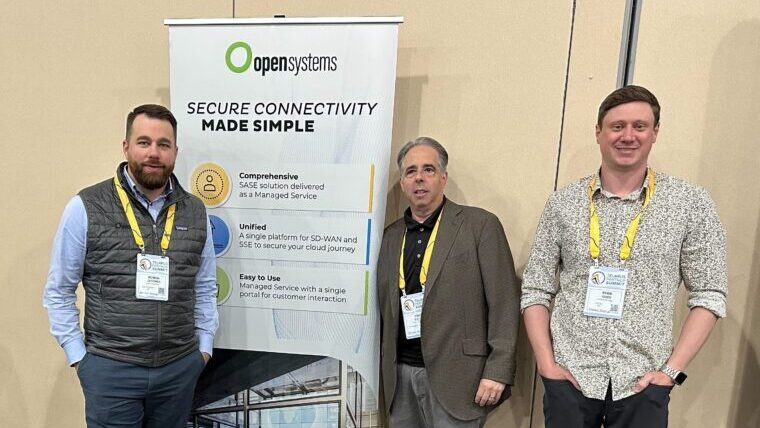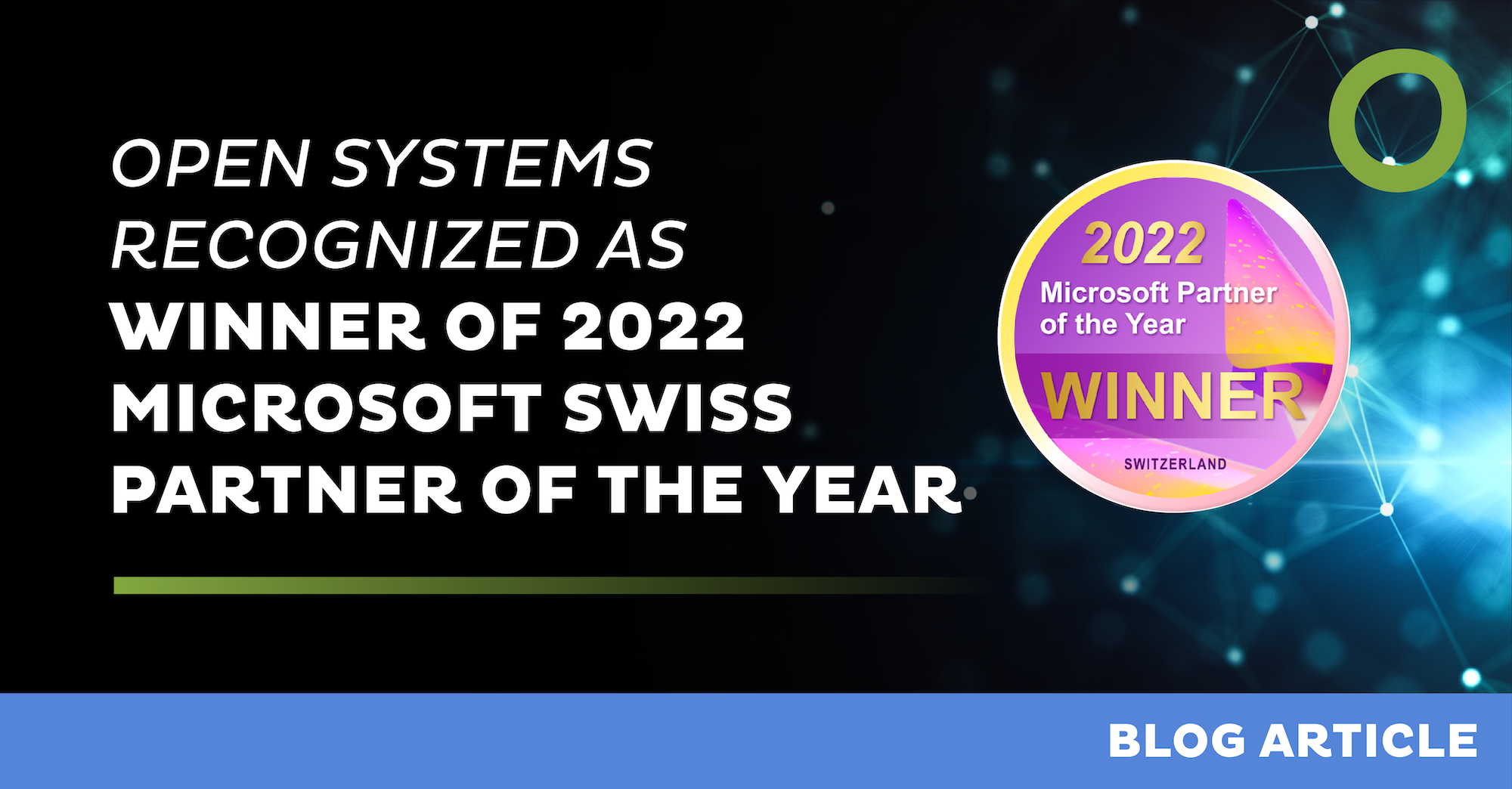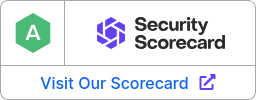
Top Considerations When Selecting a SASE Service
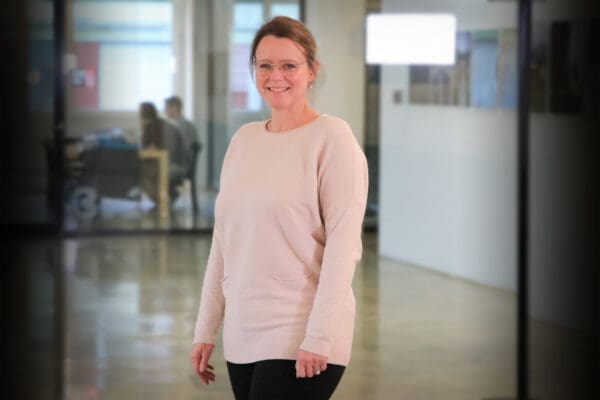
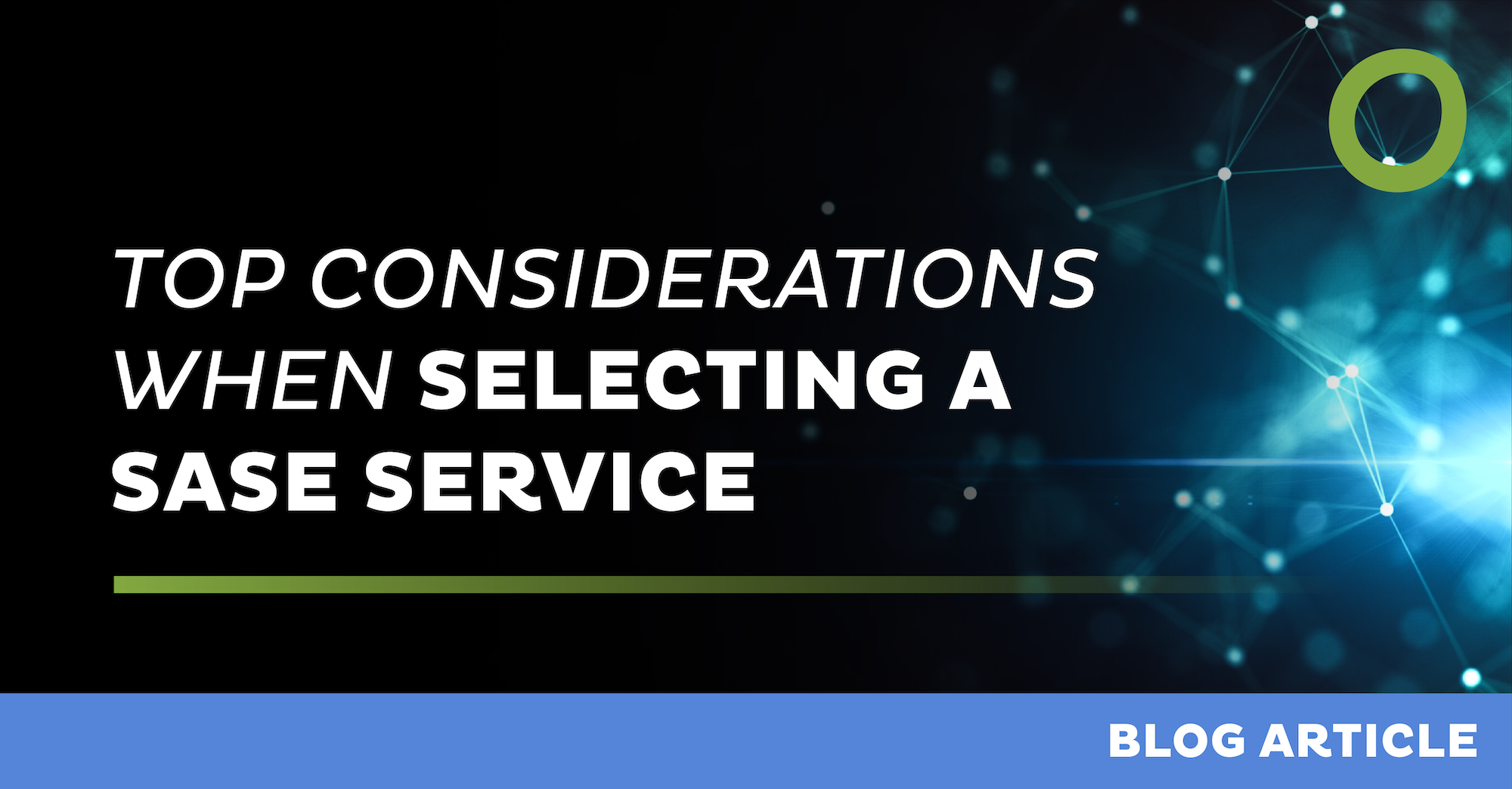
Over the past several years, I’ve been involved in the customer evaluation processes of SD-WAN and SASE services, and I’ve seen a wide variety of RFPs along the way. Here are some trends I’ve observed:
Common objectives
When prospective customers come to us, they always have objectives in mind. The most common objectives we see are:
- Delivering a better user experience to internal customers
- Gaining or increasing visibility and control of network and security
- Reducing network and security technology complexity
- Optimizing infrastructure and security investments and have predictable costs
- Gaining flexibility and agility to better support the business needs
- Reducing IT staff workload
Focused on outcomes
Corporate WANs today are replaced with internet-based SD-WANs oftentimes combined with security features. Most clients do not dictate the technologies that need to be used, instead they describe their current environment, what the new technologies should be able to do and how they should fit in the existing environment.
Cybersecurity is crucial
With the increasing threat landscape and the increased complexity of the security landscape in the past years, it is very clear that customers do not longer just want to replace existing network services with new network services. They are considering adding security service edge (SSE) services within the RFP scope, or as an option to add on later. Ideally, the SSE services would be provided by the same service delivery platforms or from the cloud, managed through the same customer portal.
IT and security skill shortage
In the current marketplace, it is hard to find and keep IT and security talent. Therefore, most companies are looking for a reliable partner that not just delivers a managed SASE service, but also acts as an extension of their team. They need a partner with network and security engineers who understand the client’s environment, who can make recommendations on how to optimize the network and security environment, and whose 24/7 support is delivered around the globe with knowledgeable engineers.
Investment evaluation
The investment evaluation usually looks at initial and monthly fees. Often customers still ask for bandwidth-based prices for both underlay and overlay services. With SSE in play clients will need to add the user component. It is very important to ensure that you can compare apples to apples and that the investments include all costs that are required to architect, implement, deploy, deliver unlimited support and run full hardware and software lifecycle management.
These are all important factors that we encourage all organizations to consider when selecting a SASE solution. To learn more about the benefits of managed SASE, visit our managed SASE ROI page.
Leave Complexity
Behind
To learn how Open Systems SASE Experience can benefit your organization, talk to a specialist today.
Contact Us